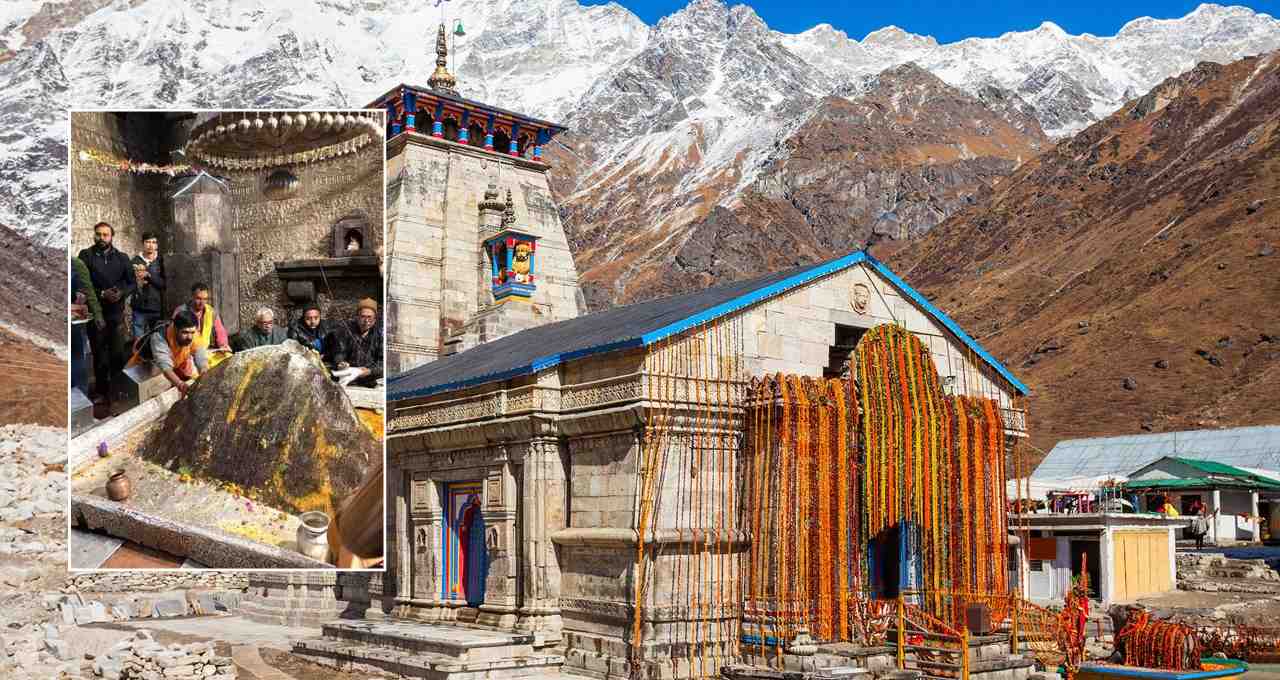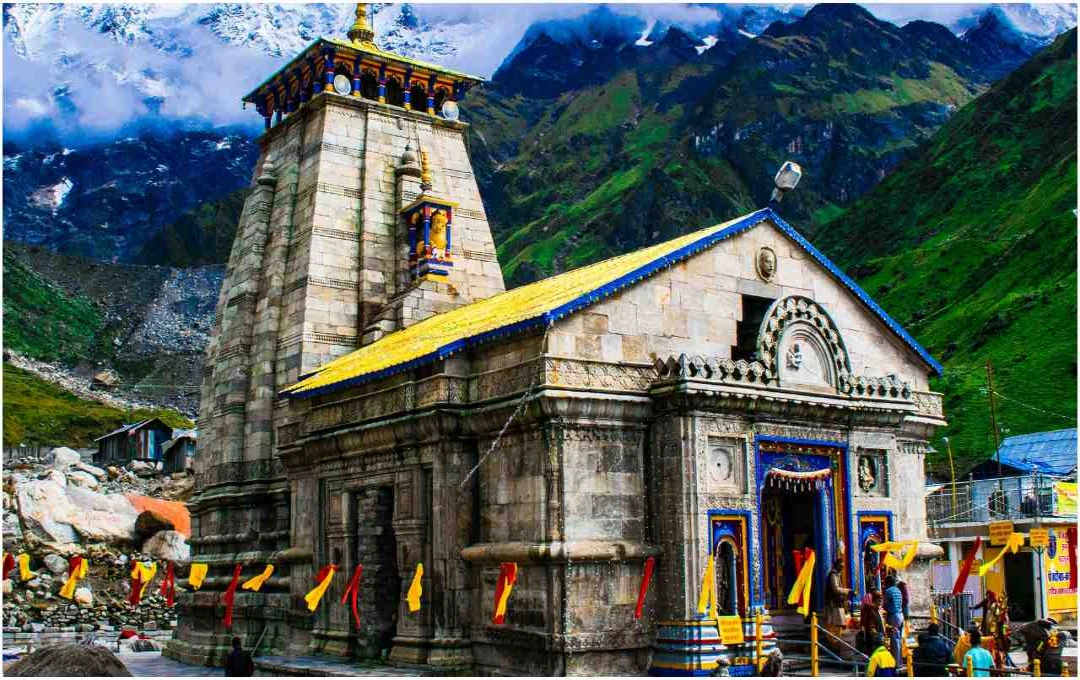The Kedarnath Temple, located in the Garhwal Himalayas of Uttarakhand, is currently enveloped in a white blanket of snow. It is a significant part of the Char Dham Yatra and one of the 12 Jyotirlingas of Lord Shiva. Devotees come here to enjoy the snowy mountains, the Mandakini river, and the natural beauty. The temple will remain closed during winter.
Kedarnath Temple: The Kedarnath Temple, situated in the Garhwal Himalayas of Uttarakhand, is currently completely covered in snow, and its sight is enchanting devotees and tourists. This temple is part of the Char Dham Yatra and one of the 12 Jyotirlingas of Lord Shiva. Located at an altitude of approximately 11,755 feet, this site is near the origin of the Mandakini River. This year, the temple will remain closed due to winter until October 23, 2025, but the surrounding snowy landscapes can still be enjoyed.
Religious and Cultural Significance of Kedarnath Temple
The religious importance of Kedarnath Temple is immense. It is considered one of the divine forms of Lord Shiva and is a place of special reverence for Indian devotees. Being a part of the Char Dham Yatra, thousands of devotees visit here every year. Situated in the high altitudes of the Garhwal Himalayas, this temple stands at an elevation of approximately 11,755 feet. The Mandakini River originates near the temple, which is significant not only from a religious perspective but also for its natural beauty.
It is believed that a pilgrimage to this temple provides self-purification and mental peace. For travelers, this journey is not only spiritual but also physically challenging. Reaching the temple requires a trek of about 16-17 kilometers, which can be somewhat difficult due to the altitude and natural conditions.

Snow-Clad Kedarnath and Natural Vistas
Currently, Kedarnath Temple and its surrounding peaks are entirely covered in snow. The frozen snow on the slopes and the sight of the Himalayan peaks mesmerize tourists and devotees. If fatigue sets in during trekking, pausing briefly to enjoy the picturesque views of the snowy mountains and the Mandakini River makes the journey even more memorable.
This white blanket of the Himalayas is not only a symbol of natural beauty but also offers a spiritual experience to devotees. The serene and cool environment here provides a sense of inner peace and mental rejuvenation.
Temple to Remain Closed During Winter
During the winter season, Kedarnath Temple is closed. This measure is necessary due to safety concerns and harsh weather conditions. By this time, several feet of snow accumulate here, and temperatures drop to sub-zero levels. This year, the temple will be closed until October 23, 2025. During this period, devotees and tourists can only visit the surrounding areas to enjoy the snowy landscapes.
Due to the weather and high altitude, visiting the temple in winter is difficult, but the sight offers an invaluable experience for everyone. During this time, devotees can undertake their journey while keeping in mind both the temple's sanctity and the surrounding natural beauty.
Tips and Precautions for Travelers
While traveling to Kedarnath Dham, pilgrims should take certain precautions. Due to the high altitude, fatigue and physical discomfort can occur. It is essential to wear appropriate clothing and prepare to stay warm. Taking short breaks during trekking and enjoying the natural scenery makes the journey safe and pleasant.
Devotees can experience both the beauty of the temple and their faith. The sight of the snow-clad Himalayan peaks and the divinity of the temple make the journey unforgettable. Furthermore, it is crucial to follow local administration and safety instructions during the trip.
Kedarnath Temple is not only a symbol of religious faith but also a wonderful example of the Himalayas' natural beauty. The snowy mountains, the Mandakini River, and the cold air are sources of spiritual peace and joy for travelers and devotees. This year, the temple will remain closed until October 23, 2025, but the beautiful snowy vistas of this site can be enjoyed from outside.















